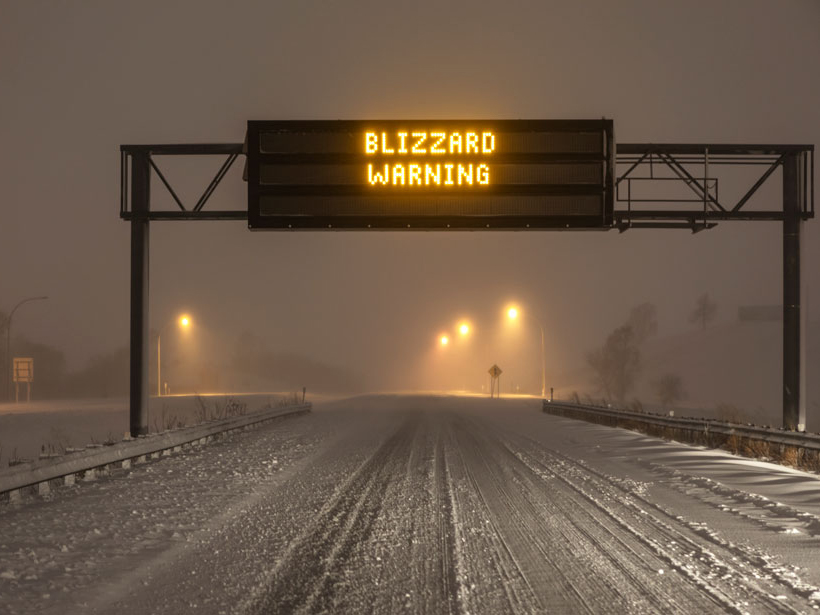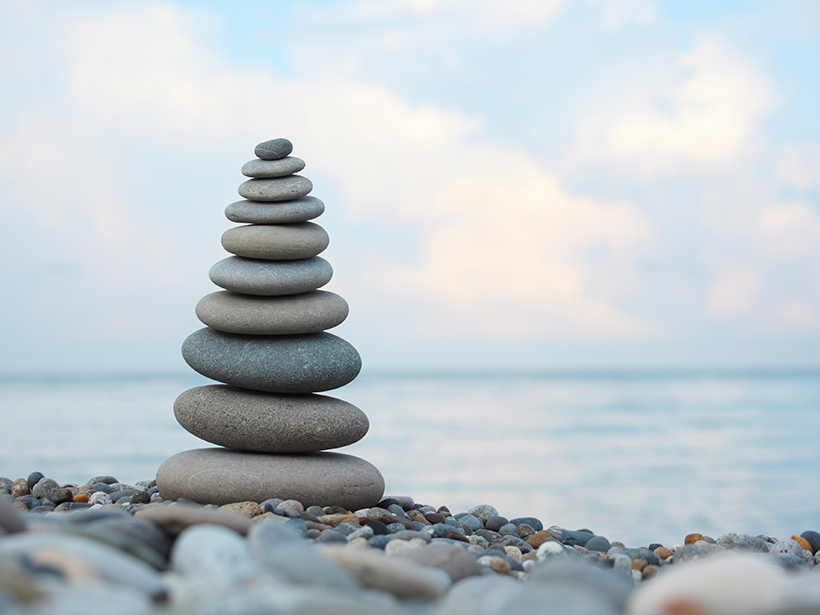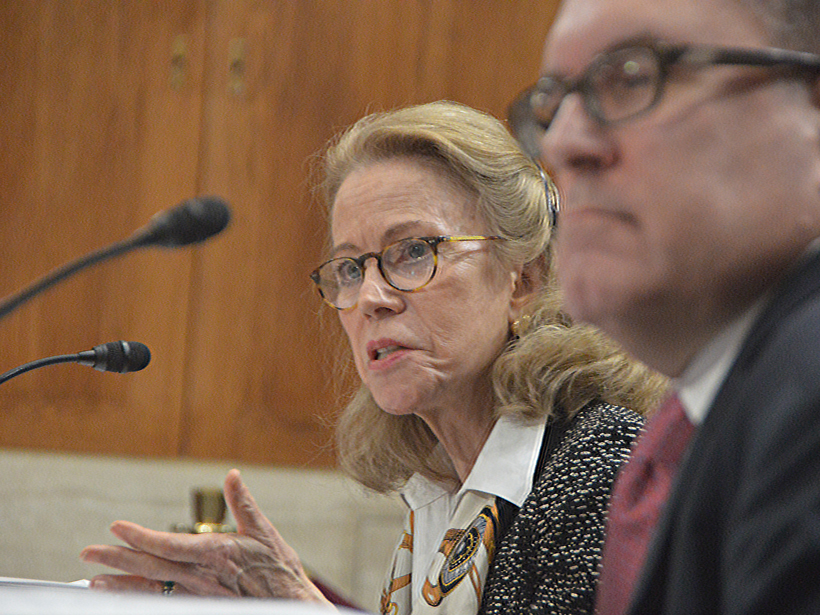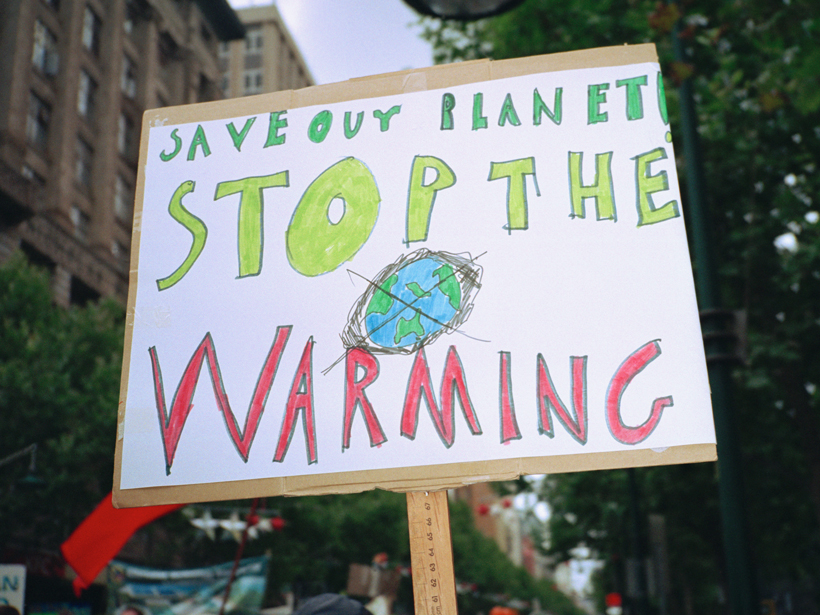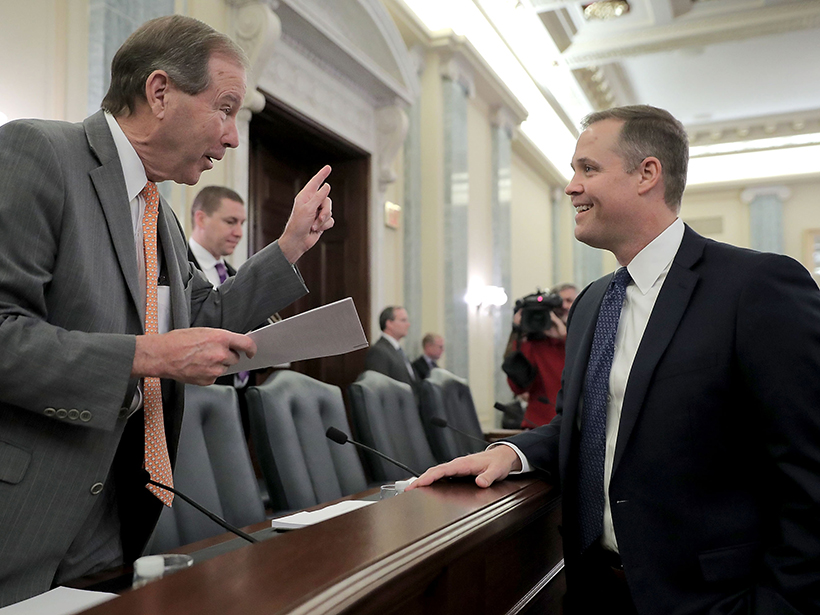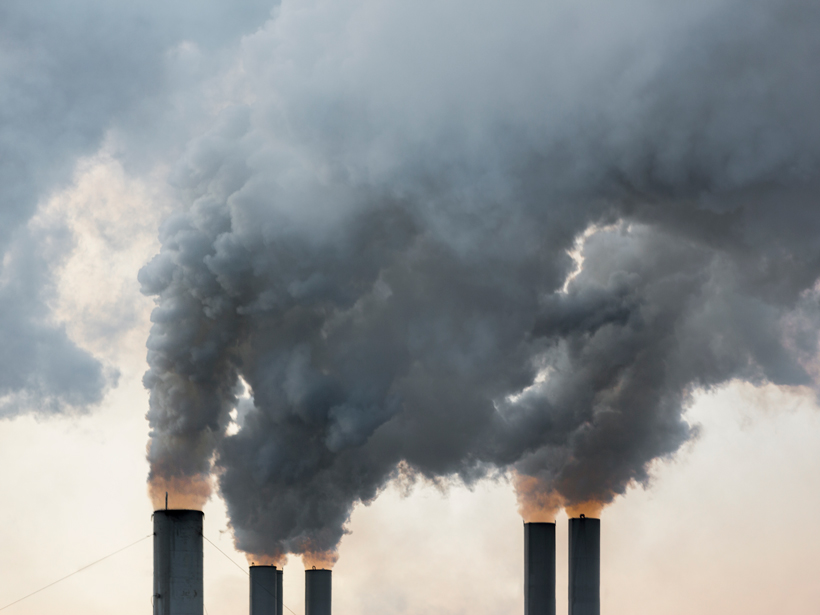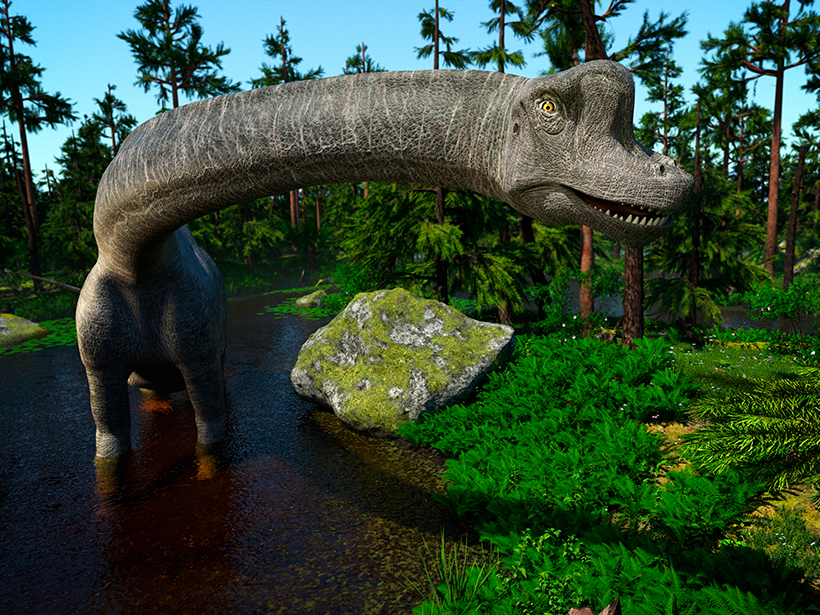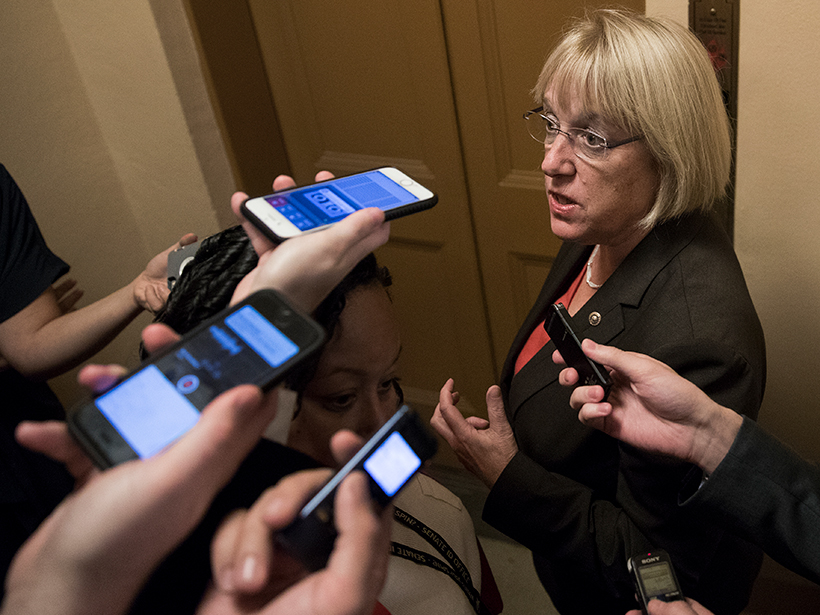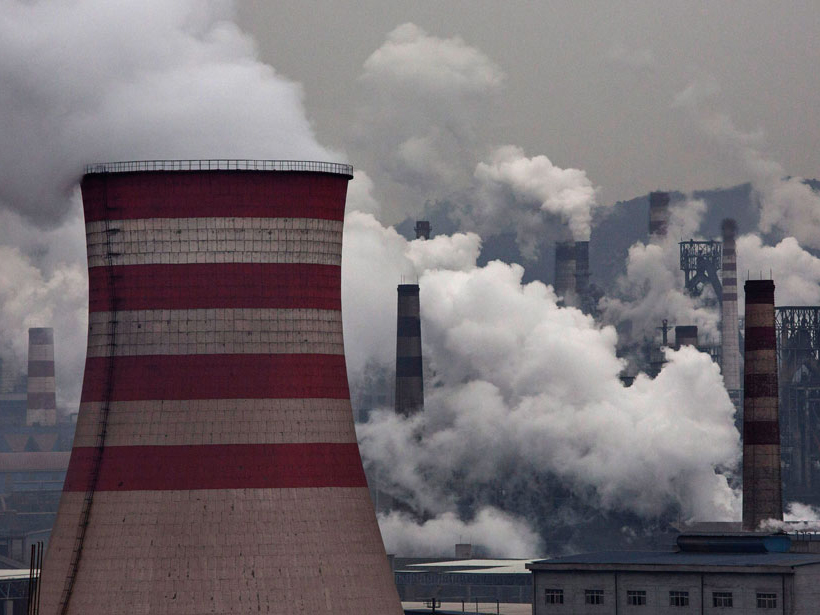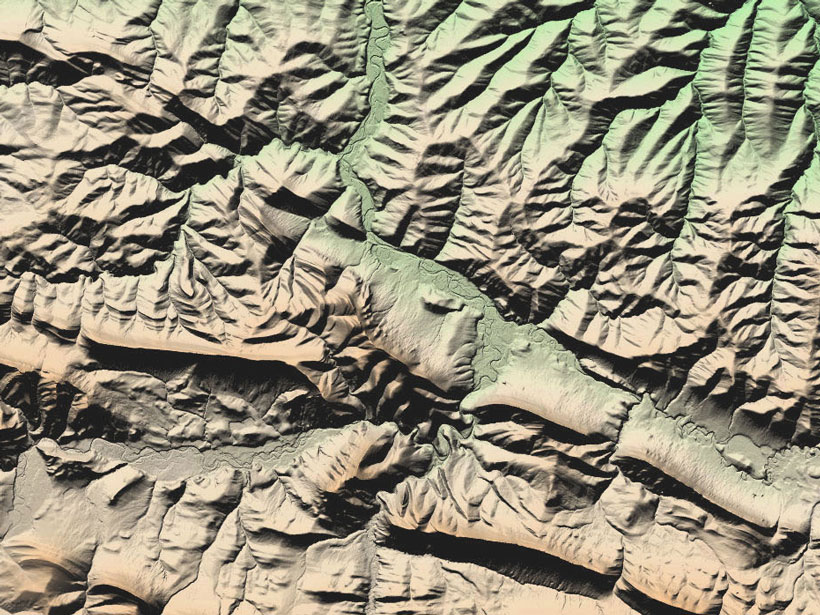To reduce risks, including loss of life, national weather alert systems must incorporate social and behavioral sciences and new technology, according to two federally sponsored reports.
News
White Draws Fire as Nominee to Head Key Environmental Agency
Kathleen Hartnett White, nominated to chair the White House Council on Environmental Quality, distanced herself from a new climate report and squabbled with Democrats at a Senate confirmation hearing.
Experts Ponder Why Administration Released Tough Climate Report
Scientists and policy experts say the White House released the report, which differs from the administration’s stance, without political tampering to avoid potential further controversy.
Democrats Push NASA Nominee on Partisanship, Science Integrity
The nominee, Rep. Jim Bridenstine, tried to assure the committee of his support for science and his ability to manage NASA apolitically.
IPCC Chair Discusses Limiting Global Warming to 1.5°C
Several forthcoming reports by the Intergovernmental Panel on Climate Change examine what needs to be done to take control of our climate future.
Signatures of Dinosaur Poop Found in Cretaceous Coal Seams
Coal analysis suggests that plant-eating dinosaurs, by walking kilometers between their picnic areas and their toilets, distributed important nutrients widely and boosted ecosystem health.
Democratic Leader Blasts Trump’s Pick to Head NASA
With Rep. Jim Bridenstine’s nomination hearing just days away, Sen. Patty Murray charges that his “denial of climate science” and opposition to equal rights “should disqualify him from consideration.”
Pollution over Southeast Asia May Threaten Ozone Health
Emissions of short-lived chlorine-based chemicals that deplete ozone are increasing worldwide. But over some regions of Asia, these chemicals may be on a fast track to the ozone layer.
Map Provides High-Resolution Look at Nearly Entire Arctic Region
Researchers highlight the value of the time element incorporated into imagery and having a baseline for revisiting and comparing topography.

